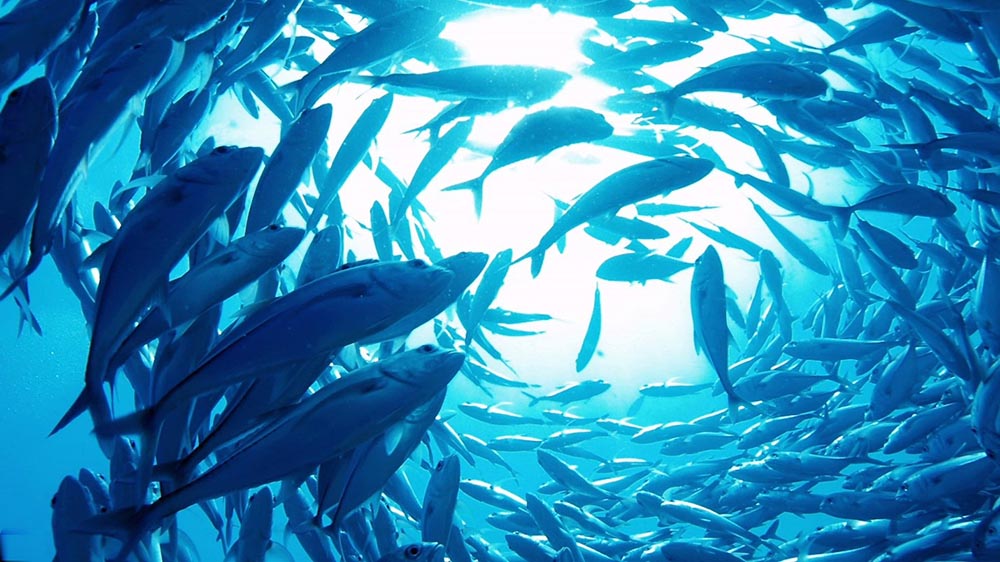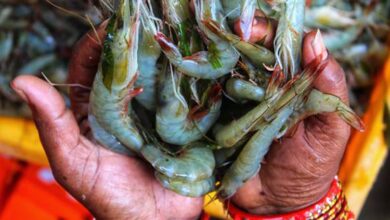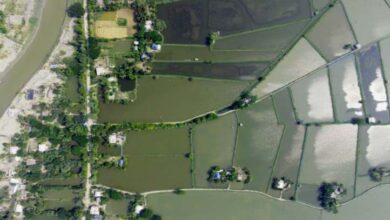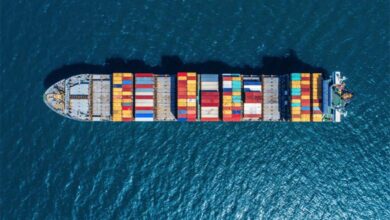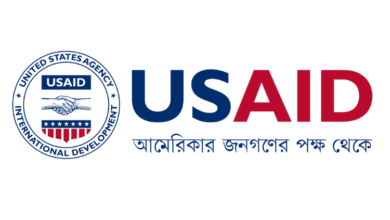Aquaculture encompasses the cultivation of fish, aquatic plants, algae, crustaceans, and mollusks, among other organisms. Small-scale aquaculture industries contribute significantly to employment in both developed and developing nations. According to the FAO, over 41 million people are employed in aquaculture worldwide. Most aquaculture activities take place in developing nations.
However, the Asia-Pacific region leads the global aquaculture industry, accounting for more than ninety percent of global output. China is the world’s leading producer of domesticated seafood, making up more than 60 percent of total production. In addition, India, Indonesia, Vietnam, and Bangladesh are also major producers of cultivated fish.
Currently, the aquaculture industry is extremely fragmented, with both existing and developing parties present. Cermaq Group AS, Cooke Aquaculture, Inc., Dongwon Industries Co., Ltd., Marine Harvest ASA, and Thai Union Group Public Company Limited are some of the market’s leading competitors.
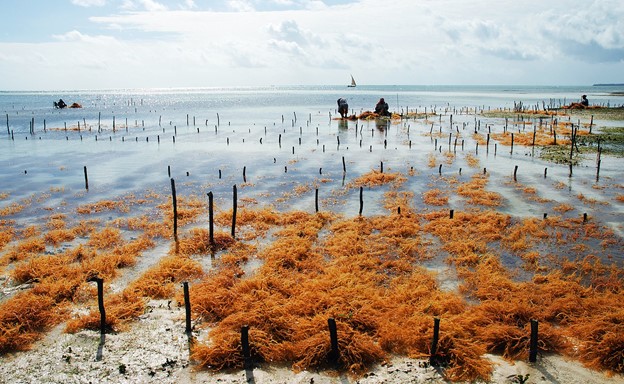
Photo: Collected
Due to the rising demand for seafood, the decrease in natural fish populations, and the requirement to offer a sustainable source of protein for the increasing global population, it is anticipated that the aquaculture market will continue to expand.
Moreover, the Asia-Pacific region will also see substantial development in the market due to the region’s predominance in global aquaculture production. In addition, the growing use of innovations and sustainable aquaculture practices is anticipated to drive market expansion in the coming years.
Sustainability is one of the most prominent market trends spotted in the aquaculture industry. Sustainable aquaculture involves minimizing the harmful effects of aquaculture, diminishing the application of antibiotics and pesticides, and assuring the well-being of farmed fish.
The rising popularity of technology in fish aquaculture is another observable trend in the marketplace. Technology such as recirculating aquaculture systems (RAS), automatic feeding systems, and genetic enhancement technologies are utilized to enhance the effectiveness and long-term viability of fish farming.
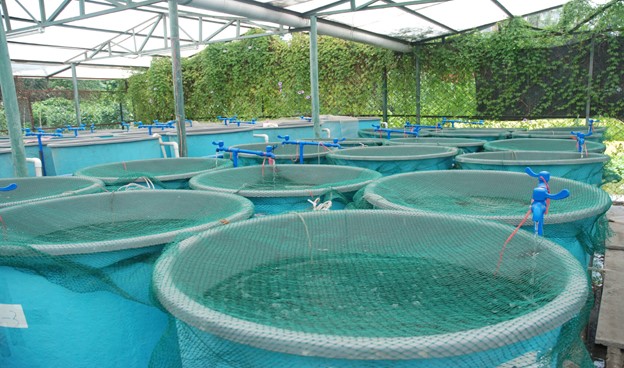
Photo: Collected
Still, the aquaculture industry confronts many challenges, such as the potential for outbreaks of diseases, concerns about the environment, and the availability and expense of fish feed. In addition, the aquaculture industry faces regulatory obstacles, as different nations have varying standards and regulations for the farming of fish. Regulatory compliance can increase production costs and impede the advent of new competitors.
The price of aquacultural products fluctuates swiftly due to some additional factors.
These factors include the cost of feed, manufacturing expenses, and consumer demand, which affect the price of farmed fish. The price of feed is one of the most significant expenses in fish aquaculture, accounting for roughly fifty percent of total production costs. The price of fish feed is affected by the price of basic materials that include fishmeal and fish oil which are used in its production.
In terms of Bangladesh, the aquaculture market is driven primarily by domestic and international demand.
In Bangladesh, the fisheries sector accounted for $9.42bn to the national GDP, provides 60% of the country’s protein requirements, and provides a source of livelihood for more than 12% of its population. The country ranks 5th in the world in terms of aquaculture production.
It is expected that Bangladesh will produce nearly 3 million metric tons of fish by 2026. In the 50 years since 1965, this represents an increase of 2.9% on average each year since 2021.
There will be an increase of 0.1% in Bangladeshi fish consumption by 2026, reaching nearly 80 thousand metric tons.
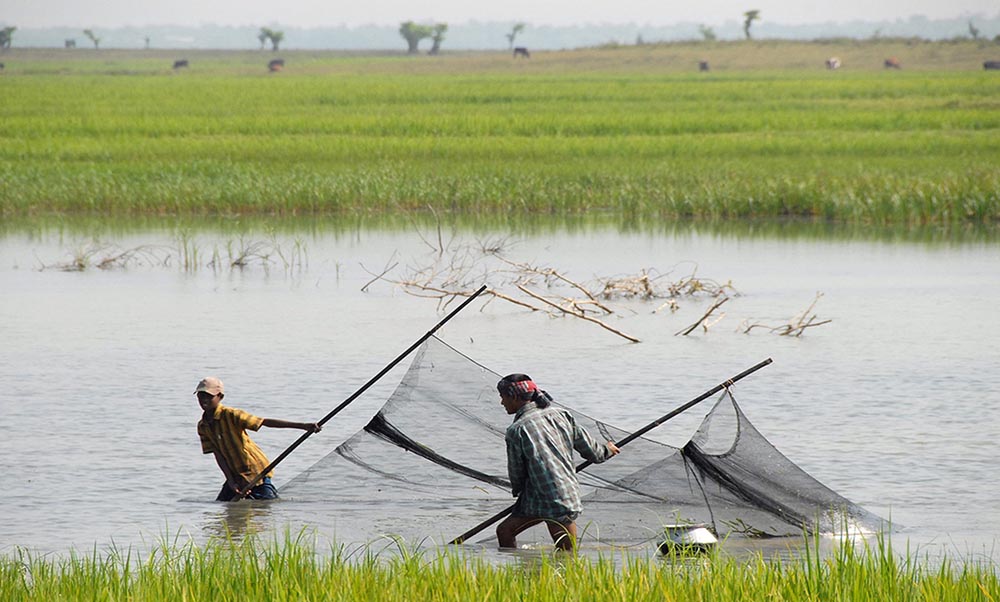
Photo: Collected
In addition, the enforcement of aquaculture regulations which are favorable to producers by government agencies in Bangladesh has a positive effect on market growth. In accordance with this, the government is also implementing initiatives to create full-time jobs in aquaculture farming, thereby improving the industry’s outlook.
Moreover, the growing need for organic aquaculture products as a result of rising consumer health concerns and a greater emphasis on sustainable development is also contributing to the expansion of the market.
While sustainable growth has been achieved with tremendous success, systemic challenges remain in Bangladesh’s aquaculture industry. The major challenges include a lack of land and water resources for fish production, unaffordable high-quality feed, and a lack of awareness about hygiene protocols and food safety.
Averting such challenges will require initiatives that promote vertical expansion in fish farming, boost domestic feed production, and increase the capacity of fish farmers.
Jaber Bin Abdul Bari
Department of Oceanography, NSTU

